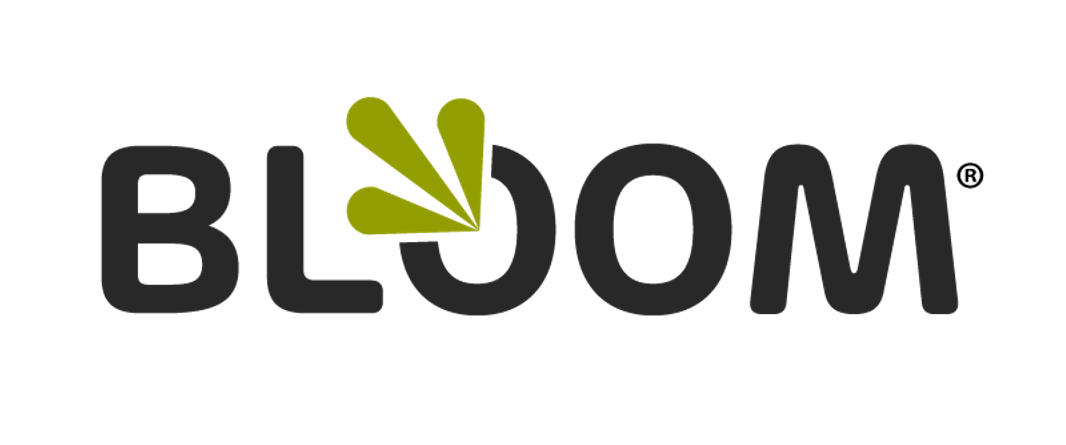Need Guidance on Strategic Planning? Consider This.
Understand why strategy is important
In their book Strategic Planning: A Practical Guide, Peter Rea, Ph.D. and Harold Kernzer, Ph.D. note that no strategic approach fits all situations, and as a result “contingency theory rules the day” (2). What is equally true, the authors say, is that all strategies require good sense and judgment. Further, while there is no singular school of thought on strategic planning all definitions speak to these concepts:
Formulation of long-term goals and allocation of resources
Serves as a “vision of success” and how to achieve it
Necessity of free will and intentional design (qtd. in Rea and Kerzner 2)
Strategic planning sets the course for your organization’s future and as a result impacts not just the organization as a whole but each team and employee as well. Strategic planning, say Rea and Kerzner, “must function beyond an office of well-educated executives who are insulated from those who make the organization work” (3).
Strategic planning determines your organization’s direction, and a lack of focus leads to an erratic, uncontrolled lurching into tomorrow.
Formulate a strategic plan when conditions are right
If your organization has skills, resources, and the commitment of key decision makers then creating an implementing a strategic plan will serve you well (qtd. in Rea and Kerzner 9). Without this trifecta that forms a stable foundation, though, any plan you make will not endure. Further, your strategic plan must head in a direction that others are willing to follow (Rea and Kerzner 9); this may mean initially making decisions and changes that are agreeable to most everyone, and once those pay off push a bit further with more innovative plans.
Strategic Planning offers several questions to use as a basic framework for any organization’s strategy:
Strategic issues
Competitive advantages
Compatibility of products/services and customers
Innovation and growth
Stakeholders’ satisfaction
Strategy integration/measurement (Rea and Kerzner 11-12).
Think about the many ways your organization can grow
Insight has identified 50 diverse ways to grow - from sales to profit to people. Specific examples include ideas like branching into e-commerce or licensing, diversifying offerings, empowering employees as experts, and implementing a performance management system enables management to track progress. We encourage you to review the 50 strategies for growth.
Get ready to make your organization BLOOM®
Our proprietary performance management system, BLOOM®, enables administrators, managers, and employees to form the big picture - the strategic plan - organize it into meaningful goals and milestones and then into actionable tasks, and see where each employee fits into the overall plan. Administrators provide the vision, managers provide the necessary notes and resources (e.g. spreadsheets and PDF files), and employees help carry out the plan to reach the goal. Because BLOOM® includes timelines and due dates anyone can see when a milestone has been completed and what’s past-due. Contact us for more information or to schedule a demo of BLOOM®.
Rea, Peter J., and Harold Kerzner. Strategic Planning: A Practical Guide. New York: Van Nostrand Reinhold, 1997.
